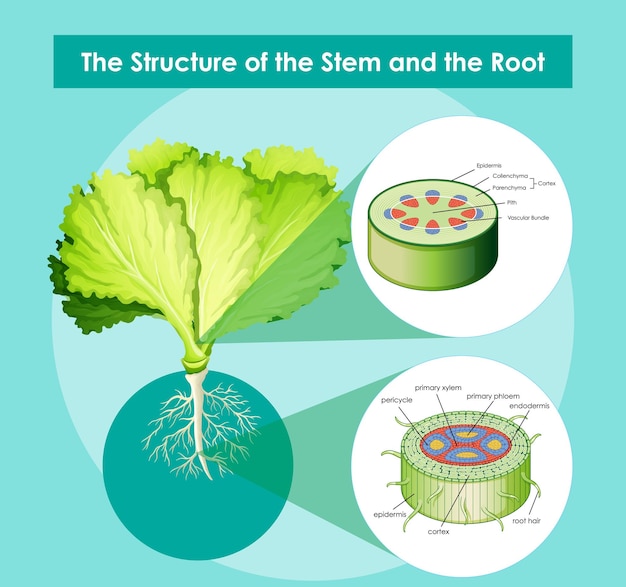Fascinating Facts About Chloroplasts

Chloroplasts are the powerhouses of plant cells.
Chloroplasts contain a pigment called chlorophyll, which gives plants their green color.
Chloroplasts are responsible for photosynthesis, the process by which plants convert sunlight into energy.
Chloroplasts are only found in plant cells, not in animal cells.
Chloroplasts can move within plant cells to optimize their exposure to sunlight.
Chloroplasts contain their own DNA, distinct from the DNA found in the cell nucleus.
Chloroplasts are believed to have evolved from free-living cyanobacteria that were engulfed by an ancestral plant cell.
Chloroplasts play a crucial role in carbon dioxide fixation, helping to combat climate change.
Chloroplasts can divide and replicate themselves within plant cells.
Chloroplasts are surrounded by a double membrane to protect their internal structures.
Chloroplasts have a unique internal structure composed of stacks of membranous structures called thylakoids.
Chloroplasts can convert sunlight into chemical energy in the form of adenosine triphosphate (ATP).
Chloroplasts are found in highest concentrations in leaf cells, where photosynthesis occurs most actively.
Chloroplasts can synthesize various organic compounds, including lipids and amino acids.
Chloroplasts can sense and respond to changes in light intensity and other environmental factors.
Chloroplasts are essential for the production of oxygen, as they release oxygen as a byproduct of photosynthesis.
Fascinating Facts About Chloroplasts part 2
Chloroplasts can function for several years within a single plant cell.
Chloroplasts have a high protein content, with thousands of different proteins involved in various metabolic processes.
Chloroplasts play a role in hormone synthesis and signaling within plant cells.
Chloroplasts can repair themselves in response to damage caused by light or other environmental factors.
Chloroplasts can communicate with other organelles within the plant cell, such as the nucleus and mitochondria.
Chloroplasts are found in a variety of plant tissues, including stems, roots, and fruits.
Chloroplasts can change their shape and position within a cell to adapt to changing environmental conditions.
Chloroplasts utilize both light-dependent and light-independent reactions to convert sunlight into energy.
Chloroplasts are believed to have originated approximately 1.5 billion years ago.
Chloroplasts are responsible for the green color of algae, mosses, and some bacteria.
Chloroplasts can store excess sugars and other nutrients for later use by the plant.
Chloroplasts have a high membrane surface area to maximize their absorption of sunlight.
Chloroplasts can generate reactive oxygen species, which play a role in cell signaling and defense mechanisms.
Chloroplasts have a remarkably efficient photosynthetic system, with high quantum yield.
Chloroplasts can adjust the composition of their photosynthetic pigments to absorb light of different wavelengths.
Chloroplasts can convert excess energy into heat to prevent damage to their photosynthetic machinery.
Chloroplasts can regulate their size and number in response to changes in light availability.
Chloroplasts can synthesize their own lipids and proteins through a complex network of genetic machinery.
Chloroplasts can divide into multiple smaller organelles called proplastids during cell division.
Chloroplasts can communicate with neighboring cells to coordinate photosynthetic activities.
Chloroplasts can incorporate environmental information into their functional responses, such as adjusting their photosynthetic rates based on temperature.
Chloroplasts can initiate programmed cell death in response to stress or developmental cues.
Chloroplasts are highly dynamic organelles capable of rapid movement and repositioning under certain conditions.
Chloroplasts can undergo structural remodeling to optimize their photosynthetic efficiency.
Chloroplasts can repair damaged DNA through specialized repair mechanisms.
Chloroplasts can interact with the plant immune system to protect the plant from pathogens.
Chloroplasts have a low mutation rate compared to other cellular organelles.
Chloroplasts can be artificially engineered to express foreign genes, making them useful tools for genetic modification.
Chloroplasts are a fascinating example of the symbiotic relationship between photosynthetic organisms and their environment.

